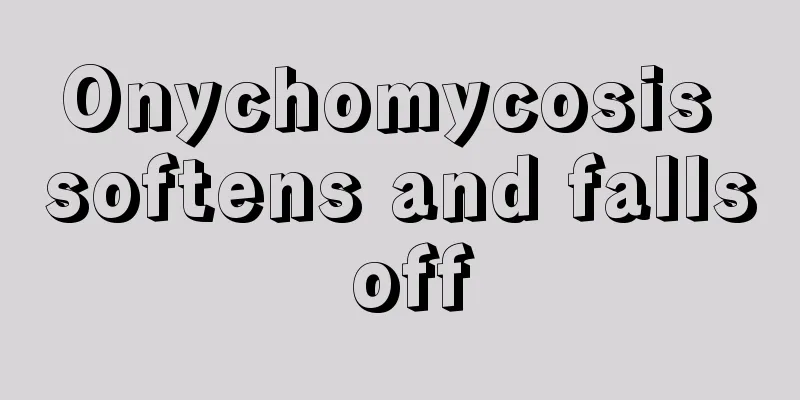What are the clinical manifestations of right heart failure

|
Common clinical manifestations of right heart failure include dyspnea and paroxysmal nocturnal dyspnea in different aspects, as well as intestinal symptoms such as loss of appetite, abdominal distension, nausea, vomiting and other problems. (1) Gastrointestinal symptoms: Long-term gastrointestinal congestion can cause loss of appetite, abdominal distension, nausea, vomiting, constipation and upper abdominal pain. (2) Kidney symptoms: Renal congestion causes decreased renal function, less urine during the day, and more urine at night. There may be a small amount of proteinuria, a few hyaline or granular casts, and red blood cells. Blood urea nitrogen may be elevated. (3) Pain in the liver area: The liver is congested and swollen, the liver capsule is expanded, the right upper abdomen is bloated and uncomfortable, and there is pain in the liver area. In severe cases, severe pain may occur and may be misdiagnosed as acute abdomen and other diseases. Chronic heart failure with long-term hepatic congestion may lead to cardiogenic cirrhosis. (4) Dyspnea: In isolated right heart failure, pulmonary congestion is usually not present and shortness of breath is not as obvious as in left heart failure. When right heart failure occurs on the basis of left heart failure or mitral stenosis, dyspnea is alleviated compared to left heart failure because pulmonary congestion is reduced. Left heart failure (1) Dyspnea: Dyspnea is an early and major symptom of left heart failure. 1) Exertional dyspnea: Dyspnea initially occurs only during heavy physical activity and resolves on its own during rest. The main difference between exertional dyspnea in normal people and patients with heart failure is that the latter also experience increased dyspnea during normal-level activities. As left ventricular dysfunction worsens, the intensity of exertion that causes dyspnea gradually decreases. 2) Paroxysmal nocturnal dyspnea: Paroxysmal dyspnea often occurs at night. The patient suddenly wakes up, feels a severe sense of suffocation and terror, and quickly sits up, which takes 30 minutes or more to be relieved. It is usually accompanied by wheezing in both lungs, which is called cardiac asthma. The possible mechanism of its occurrence is related to the reabsorption of interstitial fluid and increased venous return after bed rest, increased vagus nerve tension during sleep causing small bronchi spasm, and elevation of the diaphragm and reduced vital capacity when lying down. |
<<: What's going on with scalp bleeding? Don't panic
>>: How to treat pleural effusion
Recommend
Can you eat mountain pepper when it turns black?
Many people do not know how to preserve some seas...
Six secret recipes to cure cough quickly
The hot and dry weather can easily cause coughs, ...
If there is a lump on the tongue, beware of the symptoms of tongue cancer. Eating too hot food can also cause tongue cancer
Tongue cancer is not uncommon. Among oral maligna...
What is the cause of anal inflammation and what disease might it be?
The anus is more susceptible to infection. If the...
How to remove glue from clothes
There are many children who are always lively and...
Symptoms of esophageal lymphoma
Lymphoma is a disease that is easy to get. There ...
Can you still use expired shampoo? Don't throw it away! It still has magical uses
Never throw away expired conditioner, keep it for...
How to remove stains from clothes
If you wear a piece of clothing for a long time, ...
Biological agents for the treatment of rheumatoid arthritis_Is it good to take biological agents for rheumatoid arthritis
Rheumatoid arthritis is very difficult to cure, a...
What are the effects and functions of coral fungi
Most people should be very unfamiliar with the fu...
Does anyone want their ears to burn?
In life, everyone has experienced the phenomenon ...
Thyroid cancer resection, TSH index range control
After thyroid cancer surgery, patients need to co...
How to choose river crabs
River crabs are a food that we eat quite a lot in...
7 Mistakes We Make Every Hour
You could be putting your health at risk at any t...
How to cut the side nails of paronychia
Although paronychia is a relatively common nail d...









